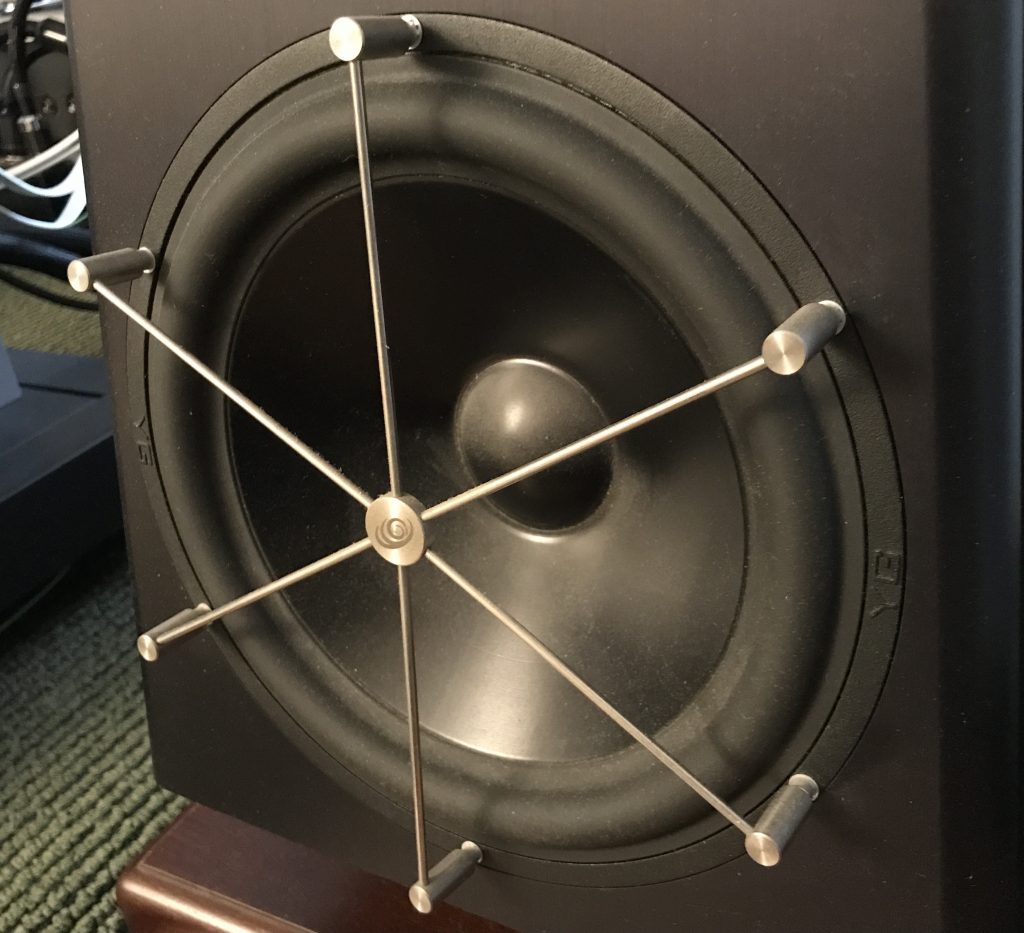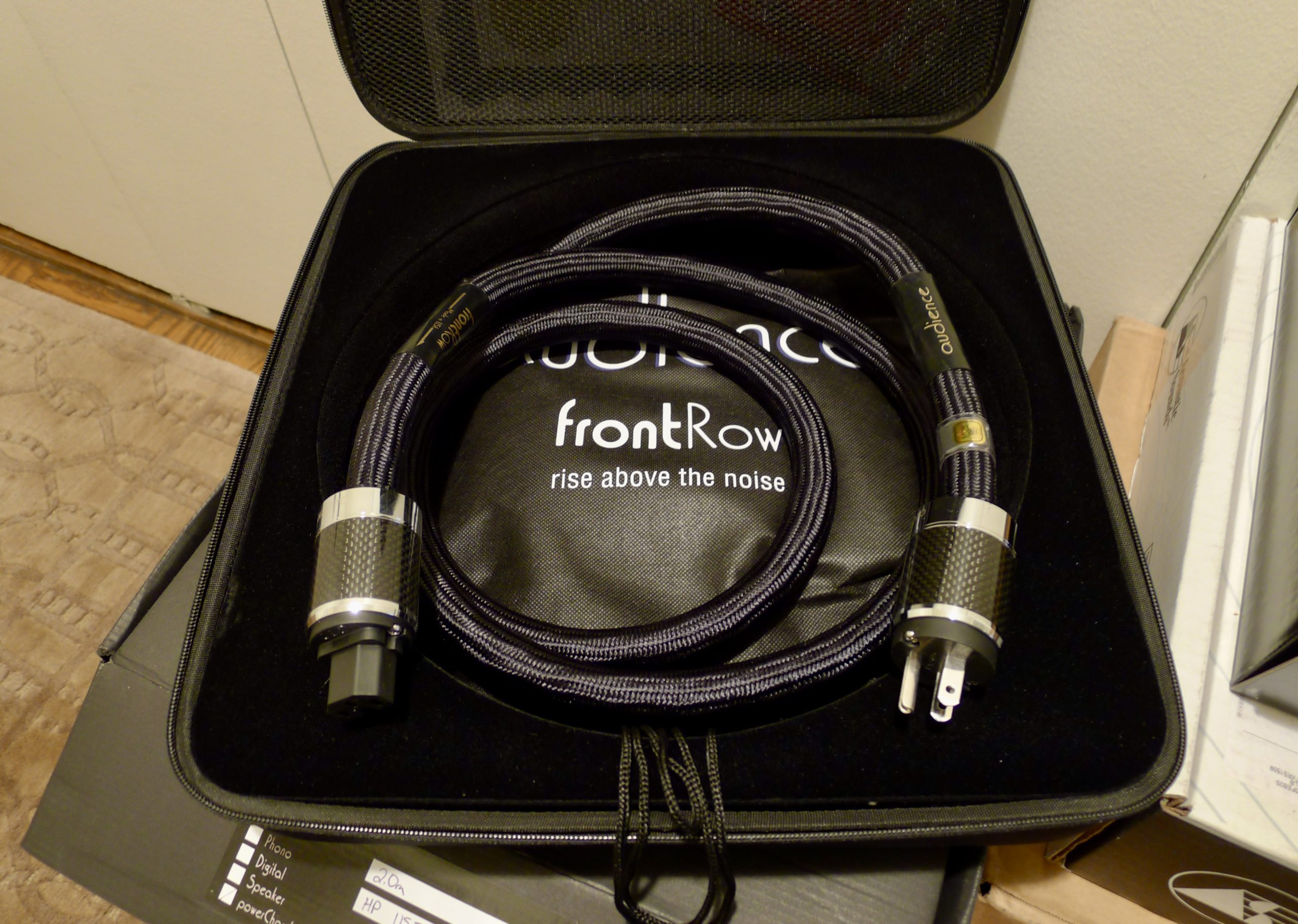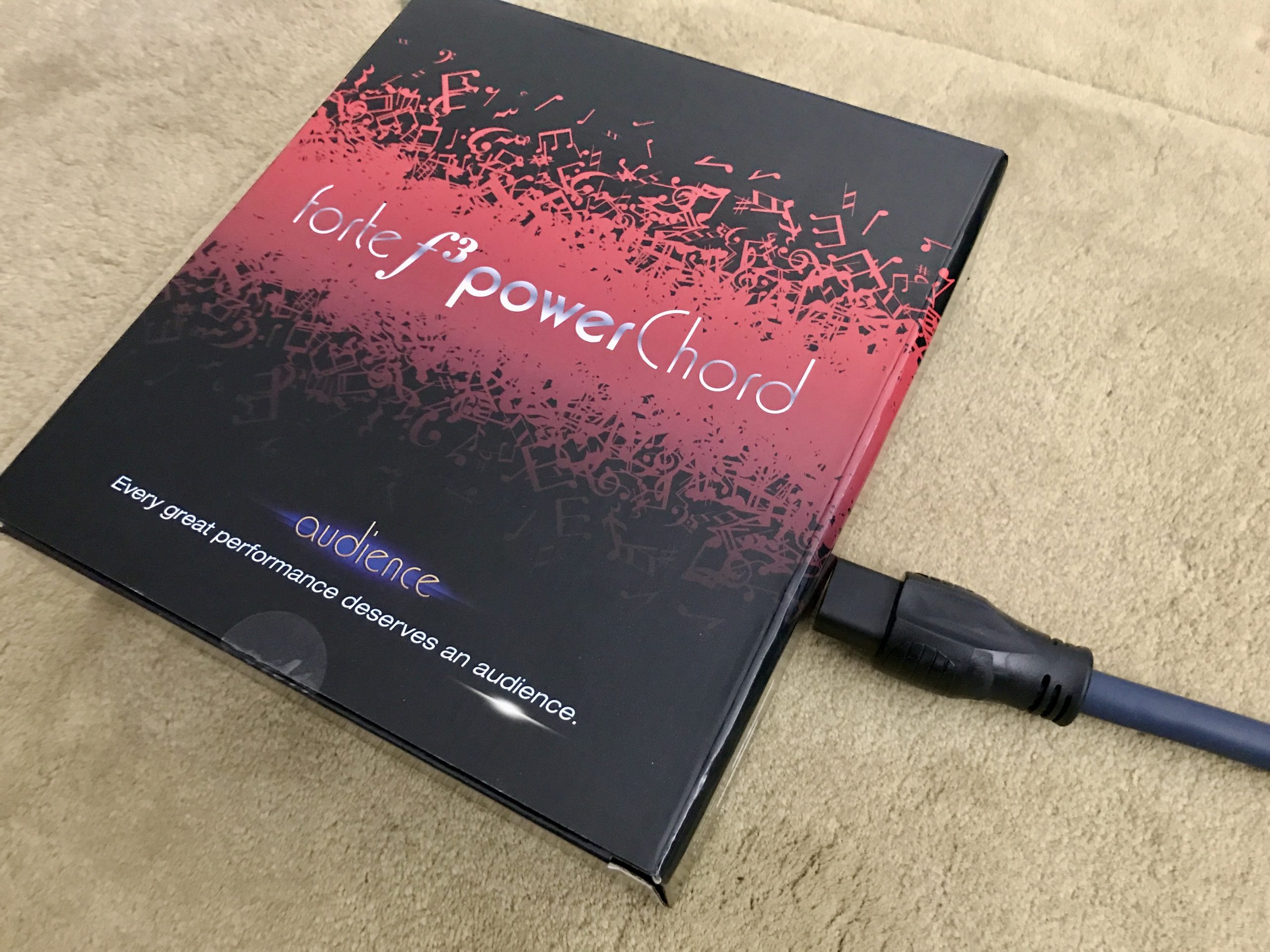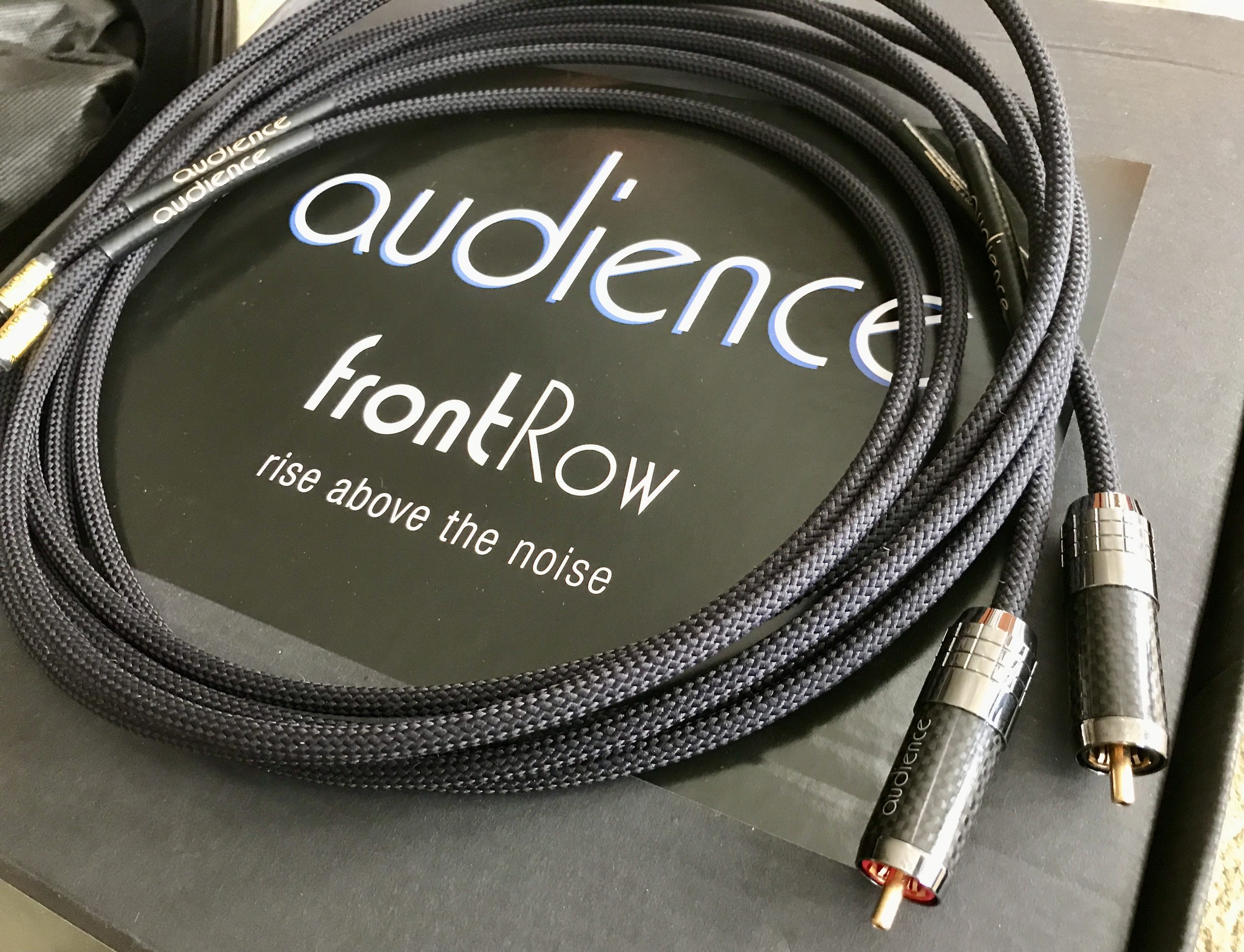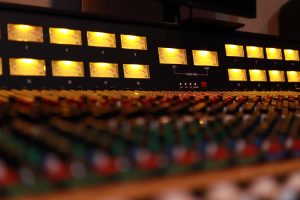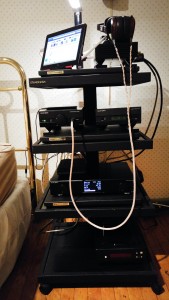This curious tale of low-end wires in a very high-end system to be filed in the "Things I Can't Explain" folder, is directed at keen observers with highly resolving, neutral systems. Not everyone will relate.
Back in 2011, when I had installed the YG Acoustics Anat Studio speakers, my dealer gave me a spiel about upgrading the low-end power cords on their sub modules. He suggested a pair of respectable, mid-level PCs, a several thousand dollar expenditure (MSRP $2500/2m). I was hesitant: first, because of the outlay; second, I was dubious of the benefit. With a crossover frequency at 65Hz, the subs were only contributing part time and produced very little sound. Logic dictated that the power cord was not a big deal. What difference could it make?
Long story short: of course it mattered. The bass changed, as one might have intuited, but, out of the blue, so did everything else. The mids and treble clarified—and I could hear this even when there was no low-bass in the signal, when the subs weren't audibly active. I'm trained in logical analysis and could not make head or tails of what had transpired. Why should changing a wire on a component that only processes bass impact the entire spectrum? I never did get a good explanation and was left scratching me noggin.
I let this oddity sink in, then we shifted our attention to the long interconnect between the preamp and the subs. The scenario was repeated: the entire spectrum was affected, and with nearly equal impact. I filed another entry in the unexplained folder.
Of course I acquired them, bringing the sub wires up to the level of those on the main components. They helped nudge the sound closer to the concert hall experience, with particular gains in the areas of frequency integration and temporal coherency, imparting nice dollops of air and bloom. I've been living with them in my reference system ever since.
Another Power Cord Upgrade
Tempus fugit. At the moment, I'm in the midst of a power cord shootout for my amps. I had a pair of unemployed prime specimens and scanned the room for a likely placement. The only components that hadn't gotten recent upgrades were—yup—the powered subs. Again, I hesitated. They already had the $2500 power cord on them. What difference could it make? (You can see where this is going.)
After mulling it over for a couple of days, I was sitting around bored and thought, "Oh, what the heck." I installed the Audience frontRow HP powerChords (MSRP $6700/6 ft) on them. Zap! The impact up and down the spectrum was just as shocking as the earlier go round—maybe even more so. With the frontRow powerChords on the subs, hall reverberance was cut back. Now I occasionally heard the decay at the end of a phrase, rather than most of the time. The instruments appear exposed—shouldn't they have more bloom? Again, I was at a loss to understand. (It occurred to me in passing that these changes seemed to line up with what I knew to be the sonic flavors of the frontRow PCs.)
And Another: The forte F3 powerChord
I did one more power cord swap, this time moving backwards with a pair of entry level Audience forte F3 powerChords (MSRP $199, 1.75m) on the 400 watt Class D sub amplifiers. Their heavy gauge, high current design makes them suitable for this application.
I left the unexplained folder ready to receive; by now there were no more surprises. That's an amazing PC for the price, but going from statement to entry level on the sub not only depressed bass quality—it took the entire presentation down. Timbre, spatial cues, attack and decay, resolution—you name it—all fell down. (Another mental note: these changes conformed to how the forte F3 PC sounded when I swapped it for a frontRow HP powerChord and put it into full range use on my phono power supply.)
Now the interconnects
frontRow RCA IC Impact
Let's put the PCs aside for a moment and move on to the interconnects. I swapped in a pair of frontRow RCA ICs on the subs. Again, the changes hit across the full bandwidth, if not as dramatically as the power cord swap. There was more bass and it was tighter; tonal balance shifted a little darker and smoother. I noted in passing that this conformed to how the frontRow RCA ICs sound in my balanced system. (A full review of the frontRow interconnects will be coming along soon.)
Mysteries Abound
The evidence was 100% making a case that each power cord or interconnect I put on the subs impacted the overall presentation. That, in itself, isn't a revelation—many observers have reported this is what happens when you tweak a sub. What's totally out of left field, though, is the case was equally convincing that each wire lent its sonic characteristics to the overall presentation. Put a warm, musical wire on the subs, the sound moved in that direction. Put on a neutral specimen…well, you get the picture. This wouldn't be worth reporting if we were talking about swapping the wires on my preamp. The curveball is the fact that the component involved is the subs, which only reproduce bass.
So, what's going on? I ran these results by a handful of experienced audiophiles and a couple of engineers. OK, a few were incredulous, but many had similar incidents of their own to relate. One or two boldly offered tentative explanations, but not with any degree of conviction.
A Pair of Takeaways
For me, the takeaways are twofold: (1) given a rig with high end aspirations, think twice before skimping on wires for secondary components, like a sub. Audition them just as you would for primaries; (2) Sometimes inexplicable things happen in the sound room, things we don't understand. For sanity's sake, you have to let go of the quest for answers and just go with the flow.




